
Gallery Photographers
Partner
Artists-in-Residence
If you are unable to visit our gallery and would like to purchase photographs from this preview or others in the gallery, please contact the gallery and call 585-271-2540.
Peter Marr's and Partner Picks of the Show
The American Southwest
January
27 - February 22, 2015
Peter Marr and Gallery
Partners have made selections of their favorites
from the Featured and Guest Photographers in the exhibit.
click here to return to the details of the exhibit
All images copyright by the individual photographers
Desolate Steve’s inspiring images of expressive
details from some of Yellowstone’s beautiful and intricate
designs are superb and breathtaking. With a true artist’s eye,
he has isolated and captured spectacular formations that are
rich in both detail and an impressive range of saturated colors
and imaginative shapes and patterns. I would love to comment
further on each of these lovely prints, but I chose Desolate
instead, because it is equally enthralling as the others, with
the added interest that it has a story to tell on a larger
stage. Certainly, nature is for reverence, and this image has
both a magical and mysterious presence, as though time has
stopped, and this is how we would like to experience the scene
forever. Beauty, life and death are all expressed eloquently and
poignantly. The vertical format is a visionary touch, and in the
print, the viewer is aware of a dramatic backdrop of an
impressive mountain panorama, visible under majestic, dark cloud
formations. Under this canopy, there is a delicate strata of
sugar-coated balconies and fluted terraces of travertine rock,
that stretches out sublimely over the landscape. As this sea of
limestone formations moves towards the foreground, the observed
pastel color hues slowly change to browns and grays, whilst the
myriad of cracks, fissures and formations become outlined with
geyserite. The resulting surface pattern structures are evidence
that the living organisms, algae and bacteria have been killed
off, leaving intricate eco-skeletons, which are devoid of the
lovely colors of the primary terraces. Further evidence of
nature’s ever-present destructive forces, is seen in the
powerful presence of a lone tree, which although not very large
in size, it seems to tower over the whole landscape. Long ago,
it was probably an elegant juniper tree, but the water and
prolonged acid burn slowly killed it off. Although its foliage
is no longer present its elegant multi-trunked shape proudly
remains. This is no historical skeleton, for this tree is the
epitome of grace and beauty, and its trunks and branches
imposingly display an artistic icon for everyone to admire, in
realization that life and death are inexorably linked in this
vast area renowned for its volcanic and hydrothermal features. Horseshoe Bend Peppermint Rock Road to the
Mittens This whole area is sacred to the Navaho
Indians, and is known by them as The Land of Standing Rocks, a land
to be protected forever, and one that certainly has a fascination
and beauty that is awe-inspiring. The ambient illumination is
resplendent, creating a wide splash of warm, saturated colors on the
rocks and valley floor, all the way to the pastel hues of the light
blue sky and fleeting cloud formations. The lovely lighting reveals
all of the detail and textures of the foreground sandstone rock,
even highlighting the effects of wind erosion on the exposed
surface. An important element in this image is the vertical rock on
the right-hand side, which is in complete shade and not only frames
the picture to perfection; its shape mirrors that of the two
prominent formations in the valley. Finally, with so many leading
lines to the twin towers, it is interesting that the dotted
formations of small shrubs also follow the contours of the winding
road, creating an amazing unified vista that is visionary, powerful
and truly inspiring.
Three Sisters #1 and #2 Peter A. Marr
Sunset Thunderstorm
Carl Crumley's superb photograph titled "Sunset Thunderstorm" is the
result of a combination of good planning, patience, and
perseverance. It is very difficult to capture lightning in
landscape photography. Carl skillfully was able to combine three
interesting components into one beautiful photograph. The three
essentials within this image are the lightning bolts, the warm front
lighting on the upper walls of the canyon, and the subtle pink of
the background clouds.
He has used excellent compositional balance to aesthetically unite
these three features. The triangular pattern of the three points of
interest is very pleasant to view.
To capture
lightning images in landscapes the photographer needs to determine
the area that has the highest frequency of lightning and then
position his/her tripod to include this lightning area in an
interesting position within the scene to be photographed. By
studying the frequency of the lightning the photographer can then
take educated guesses of where and when the lightning will occur.
The photographer then needs to use appropriately long exposures
(perhaps 8-20 seconds). Carl probably took many of these time
exposures in order to achieve this perfectly timed image. He is to
be congratulated on skillfully capturing this very difficult but, oh
so beautiful photographic print.
It is easy
for a viewer to think that this is a Grand Canyon image. It was,
however, actually taken from one of the rims in Canyonlands National
Park. Tumbleweed in Bloom
What a beautiful
surprise! Larry has captured a very different view of a plant that
we often imagine dried up and rolling across the plains, pushed by
an unforgiving wind.
He has brought us
very close to this desert pla nt, giving us a look at a tiny part of
one small branch.
Only by being this “close” can we see and appreciate these gentle
blossoms. Only here do we see the menacing presence of the
needle-like leaves that seem determined to protect these blooms.
Larry has chosen a particular angle showing one blossom in full sun
and a second, half in and half out of the sun’s direct rays.
Because of the clarity of the image, we can see the intricate
branching structure of the almost transparent petals. The tight
focus on the plant itself has left the background without any
structure, leaving only the color to remind us of a desert-like
environment. The image gives the impression that we are “in the
presence” of these desert beauties. Larry has
created a beautiful image, artistically captured and presented. More
than that, he has offered us an intimate view of one of the many
small treasures that is often lost “blowin’ in the wind.” Cobb’s Hill #4
Gil has found
several artistically pleasant patterns within the entropy of the
natural areas of Cobb’s Hill. In his image titled “Cobb’s Hill #4”
he has recognized
and then isolated a vertical stand of trees to photograph. His use
of the vertical format enhances the strong vertical lines of the
trunks of the trees. The exposure for making the image, combined
with Gil’s quality printing, showcases the intricate detail of the
featured trees. The brightness of these prominent trees enables them
to move forward and separate nicely from the darker vegetation of
the middle ground. This creates a three dimensional feeling and the
sensation of depth for the viewer. Gil, by full
framing the print with interesting subject matter, skillfully covers
what appears to be a mundane sky. The most prominent and perhaps
most interesting tree is aesthetically placed off center. Gil’s
image is an excellent example of an “intimate landscape” and is a
tribute to his ability to recognize, simplify and photograph the
essence of a complicated scene.
Peter's Picks
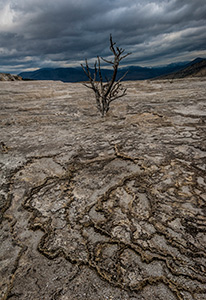
by Steve
Levinson
by Frank
Liberti
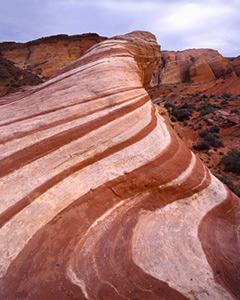
by Gary
Thompson
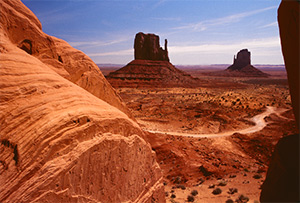
by Phyllis Thompson
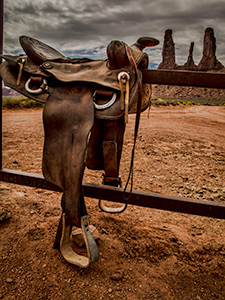
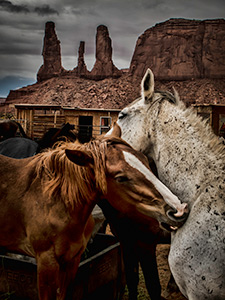
by
Michelle Turner

We are very grateful to Peter for his thorough review and selection for Peter's Picks. Peter was born in England in 1935 and came to live in the United States in 1968. He worked for the Eastman Kodak Company for 34 years, retiring in 1998. During his employment and continuing into retirement, he has been an enthusiastic photographer. His photography has won him numerous awards throughout Kodak and in International Salons, including 5 George Eastman Medals, which is the top honor awarded to the most outstanding picture in the Annual Kodak International Salon. He has served as a judge in both local and international photographic competitions for the past 20 years, and is a Past president of the Kodak Camera Club and past chairman of many of the Kodak Camera Club organizations. In the past five years or so, he has devoted his photographic skills and interest into nature photography, notably bird photography. His bird photography has been the subject of several one-person exhibits, the most recent being at Ding Darling NWR, in Sanibel, Florida, The Roger Tory Peterson Institute in Jamestown, New York, and at the Webster Public Library in Webster, NY.
Partner Picks
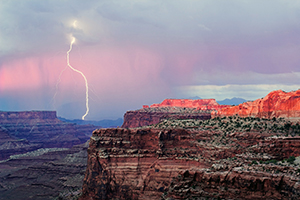
by Carl
Crumley

by Larry
Eldridge
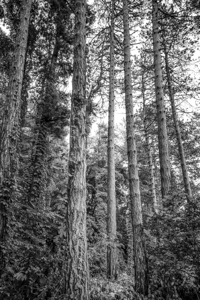
by Gil Maker
Image City Photography Gallery ♦ 722 University Avenue ♦ Rochester, NY 14607 ♦ 585.271.2540
In the heart of ARTWalk in the Neighborhood of the Arts